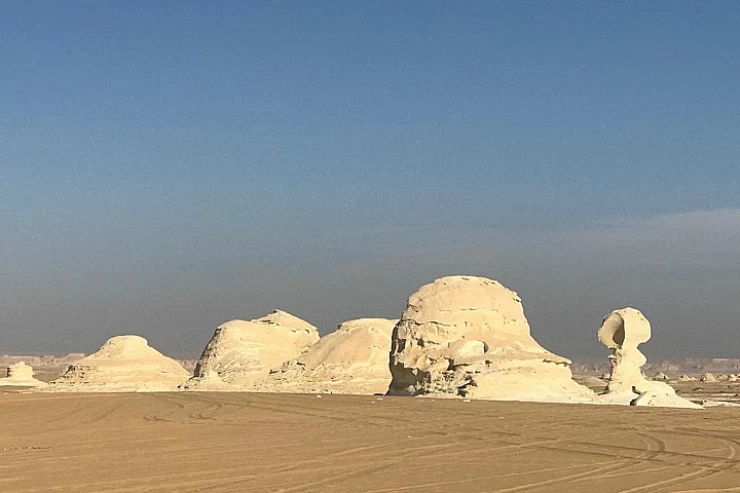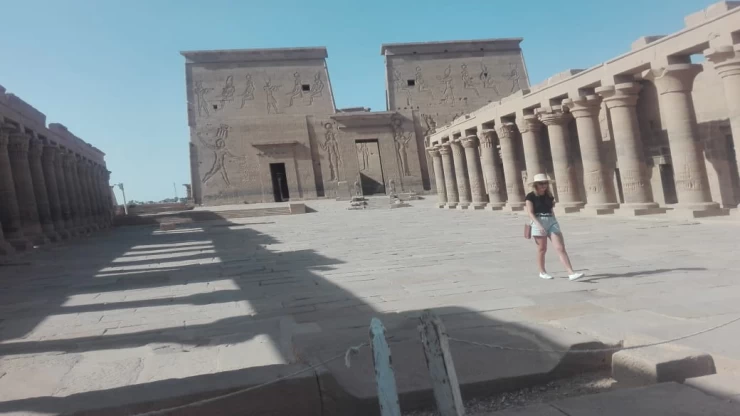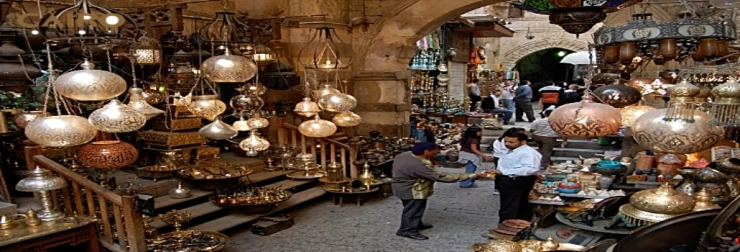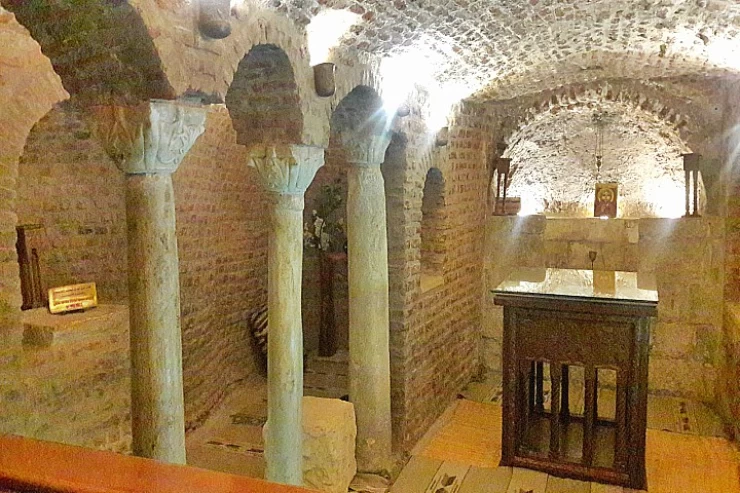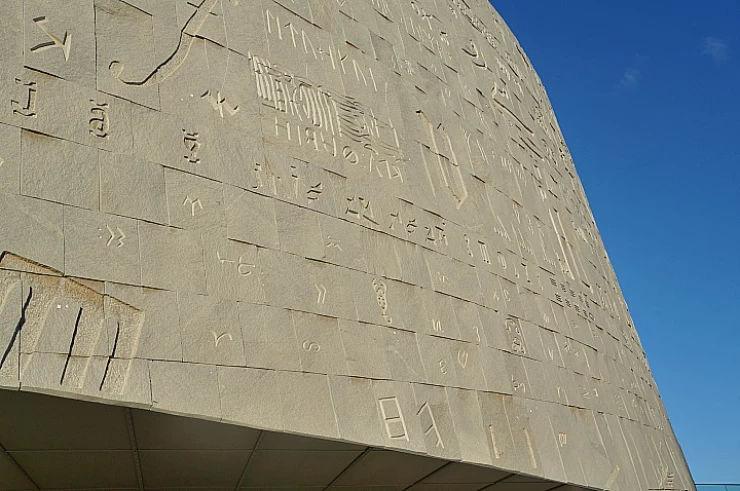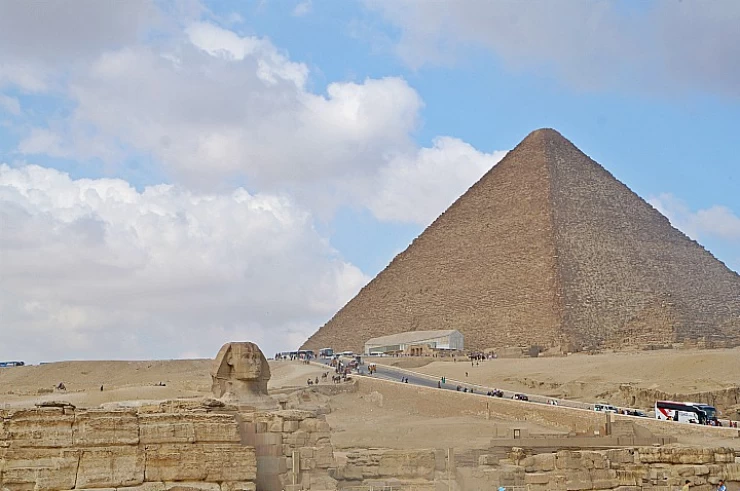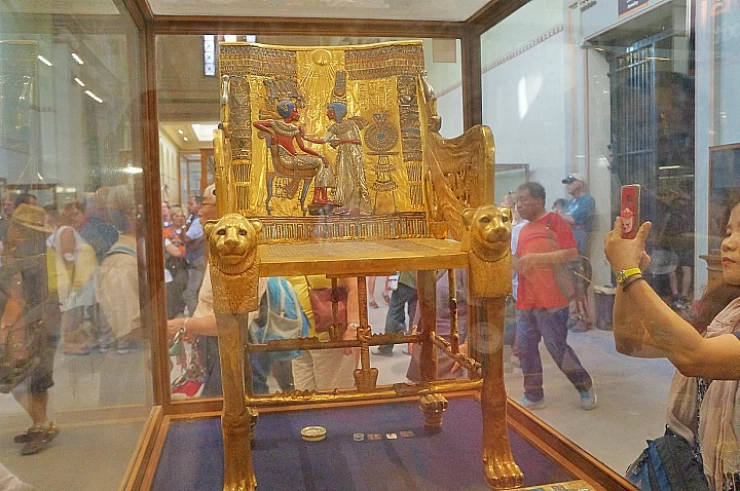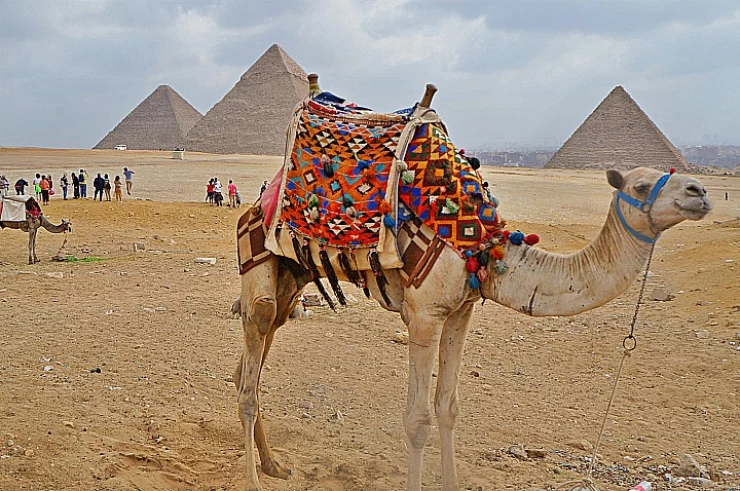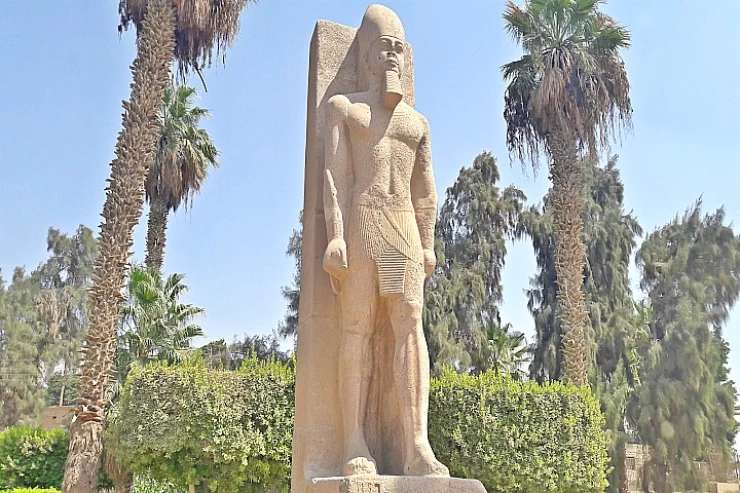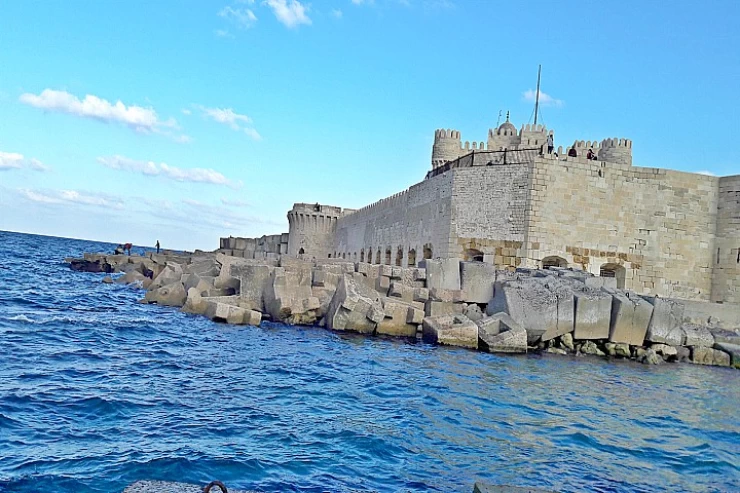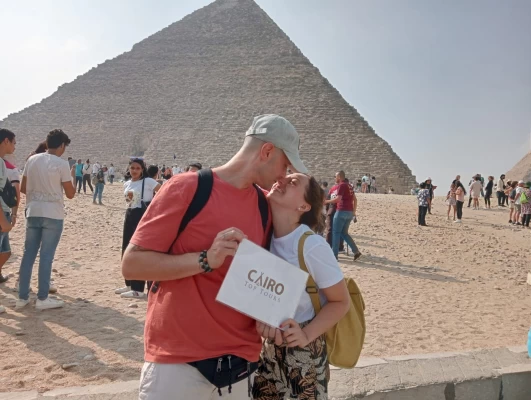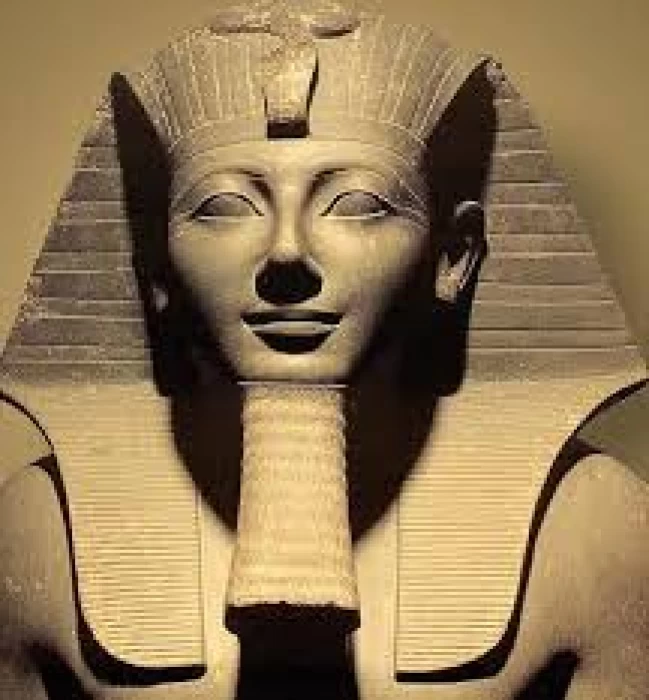
King Thutmose III | Tuthmosis the Third
King Thutmose III
Thutmose is an anglicized form of the ancient Egyptian name dhwty-ms, meaning "Born of the god Thoth." Variations include Thutmoses, Tuthmose, Thothmes, Tuthmosis, Thutmes, Dhutmose, Djhutmose, and Djehutymes.
During the splendid twenty-year reign of Hatshepsut, King Thutmosis III devoted himself to military affairs as a co-agent after the death of his father Thutmosis II, without any apparent disagreement with his stepmother. For this reason, it was difficult to understand the reasons that subsequently led him to erase the memory of the queen. Perhaps, he resembled Hatshepsut in the desire to give maximum prominence to his businesses.
Tutmosis III is generally considered one of the greatest leaders and strategists of Egyptian history "the Egyptian Napoleon". During his long reign, he conducted countless military campaigns from Syria, to the Euphrates, to Nubia. his construction activity is remarkable as well. Some inscriptions praise their extraordinary physical strength, he was capable of hitting a metal target with a bow, often a palm, and passing it from side to side. At the end of his 54-year reign, he was succeeded by his son Amenophis II.
His tomb is beautiful, dug in a very deep and inaccessible gorge (and therefore not very frequently visited by tourists visiting the Valley of the Kings). The tomb is signed kv34 and is in an excellent state of conservation. The plan of the tomb is in the shape of a cartouche, probably a tribute to the god Thoth to whom our pharaoh took its name.
Like the other pharaohs of the New Kingdom, Tuthmosis III was a great builder, enriching the temple of Karnak with numerous statues and obelisks.
The temple with the so-called festival hall of Karnak where in addition to the famous Chamber of Ancestors we find the one called the Botanical Garden where the animal and vegetable species that the king had brought from Syria are represented and listed. Unfortunately, like most of his predecessors, he made use of pre-existing material for new buildings and used it to erase any signs of the hated Queen Hatshepsut.
He had been buried in a magnificent tomb in the Valley of the Kings not less in artistic and architectural value than the famous attractions that one can view during the tour of the Giza Pyramids. Once you are in Egypt, Cairo Top Tours will take care of it through our highly qualified guides specialized in Egyptology, to make your visit to the land of the Pharaohs a success.
Amenophis II, the son of Thutmose III, succeeded his father in 1438, carrying on his father's expansionist policies and putting down two uprisings in Asia, When the King died he was 82 years old, after a reign that lasted 54 years, and he was buried in a tomb in the Valley of the Kings, which is considered to be among the first kings who made tombs for themselves, and his tomb was discovered in 1898, by the scientist Victor Loret, and he also discovered that the tomb had been stolen, and the King's body was not there.
Latest Articles
Admin
Seabourn Sojourn Cruise Stops in Safaga Port
The Seabourn Sojourn, the flagship vessel of Seabourn Cruise Line's ultra-luxury fleet, was built in 2008 at the T. Mariotti shipyard in Genoa, Italy. Measuring 198 metres, it can accommodate up to 450 guests in its 225 spacious all-suite staterooms.
Admin
Norwegian Sky Cruise Stops in Safaga Port
Norwegian Cruise Line operates a cruise ship called the Norwegian Sky. It was constructed in 1999 and can accommodate 2,004 passengers in addition to 878 crew members. The ship has several dining establishments, lounges and bars, a spa and fitness center, swimming pools, and a number of entertainment areas.
Admin
Explora II Cruise Stops in Safaga Port
Explora II, the second vessel in the Explora Journeys fleet, sets sail in 2024 to redefine luxury cruising. With 461 ocean-front suites, 9 culinary experiences, and 4 pools, this haven of sophistication and sustainability promises an unforgettable "Ocean State of Mind" journey to inspiring destinations.
Admin
Mein Schiff 6 Cruise Stops in Safaga Port
The Mein Schiff 6 is the latest cruise ship in the renowned TUI Cruises fleet, offering passengers a luxurious and sophisticated cruise experience. At 315 metres long, this floating resort features a range of dining options, entertainment, and recreational facilities, including a spa, fitness centre, and sports amenities.
Admin
Mein Schiff 4 Cruise Stops in Safaga Port
When the Mein Schiff 4 cruise ship docks in Safaga, Egypt, passengers are granted access to a realm of ancient wonders. Aboard this state-of-the-art vessel, guests can embark on meticulously curated shore excursions that showcase the region's most iconic landmarks, including the Giza Pyramids, the enigmatic Sphinx, and the remarkable tombs and temples of the Valley of the Kings in Luxor.
Admin
MS Europa Cruise Stops in Safaga Port
The Silver Moon, Silversea's latest flagship, is a luxury cruise ship that offers an exceptional travel experience for Venezuelans exploring Egypt. With a capacity of 596 guests and an impressive 40,700 gross tonnes, the Silver Moon maintains the small-ship intimacy and spacious all-suite accommodations that are the hallmarks of the Silversea brand.






